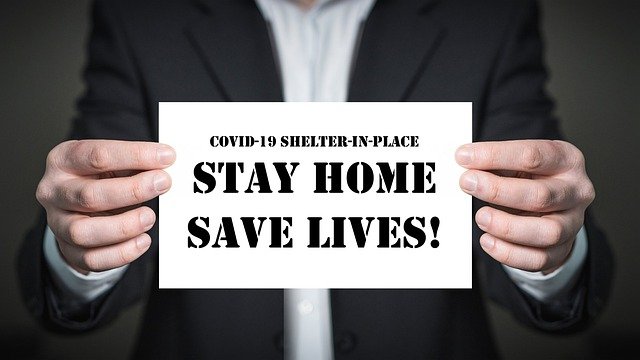December 8th local time, the cumulative number of confirmed cases of COVID-19 in the United States exceeded 15 million, from 14 million on the 3rd to 15 million on the 8th, and it took only five days, the growth rate to record high since the outbreak of the epidemic.
In the face of such a severe epidemic situation, many states in the United States have stepped up prevention and control measures. California has also issued a “stay-at-home order” again, requiring residents to reduce unnecessary travel and prevent the spread of the virus.
However, this move has met with opposition from many local people, and some local officials even publicly said that they would not implement the California governor’s blockade order.
The number of coronavirus hospitalizations in California reached a new high on the 8th, reaching 10,567. Among them, the number of people admitted to the intensive care unit reached 2,417, which is the fifth consecutive day that the figure has reached a new high.
In the San Joaquin Valley area with the worst spread of the epidemic, there has been a large area of medical resources in short supply, and the available capacity of intensive care units in some hospitals is less than 5.6% of the total.
Los Angeles Mayor Eric Garcetti issued a severe warning: “If this situation continues until the end of this year, the cumulative number of coronavirus deaths will exceed 11,000, which means 3,000 new deaths in a single month, which is the largest life in Los Angeles history. Security crisis.
The governor of California previously announced on the 3rd that areas with a reduced available capacity of the state’s intensive care unit to less than 15% of the total will automatically trigger the “stay-at-home order”. So far, the regions that triggered stay-at-home orders have covered 84% of the population in California.
At the same time, a series of control measures are implemented in conjunction with the “stay-at-home order”, including closing outdoor dining spaces, beauty salons, outdoor entertainment facilities, museums, zoos, aquariums and bar restaurants. Retail stores are also required to limit passenger flow to less than 20%. In addition, local residents are also prohibited from participating in gatherings between different families.
It is hoped that these measures can reduce the spread of the virus and prevent the epidemic from worsening. However, this has been strongly opposed by some local people. Some people in Sacramento, the capital of California, held a protest demonstration on the evening of December 5, which eventually turned into a violent clash between the police and the civilian.
According to ABC, there were a large number of protesters at the scene, throwing glass bottles, stones, etc. at the police, and some people also shot at the police with fireworks and firecrackers. At the same time, some local officials even publicly said that they would not cooperate with the executive order of the state government.
“The governor of California and the state threaten to take [coercive] measures against violators, and the Riverside County Sheriff will not act as a thm-tacter against local residents in the implementation of the governor’s order because of threats and pressure,” said Chad Bianco, the sheriff of Riverside County County, California.
Once such remarks were made, they met with opposition. A local doctor said that he completely disagreed with Bianco’s words. In order to survive this public health crisis, government departments must take the necessary coercive measures.
At present, what happened in California is not an exception. Although many states in the United States have introduced a series of measures to control the epidemic, a series of previous government’s weak anti-epidemic and unscientific practices have deviated many people’s understanding of the COVID-19 epidemic, so they do not buy these measures.
In addition, the new anti-epidemic regulations seriously touch the interests of small and medium-sized enterprises, so the new anti-epidemic regulations are difficult to implement in many places, and similar protests have occurred in many parts of the United States.
How to let the public take relevant prevention and control measures to gradually alleviate the epidemic has become a difficult problem facing all levels of government in the United States. And many public experts have warned that with this month’s long holiday and the arrival of the New Year, the epidemic in the United States will almost certainly become worse.



